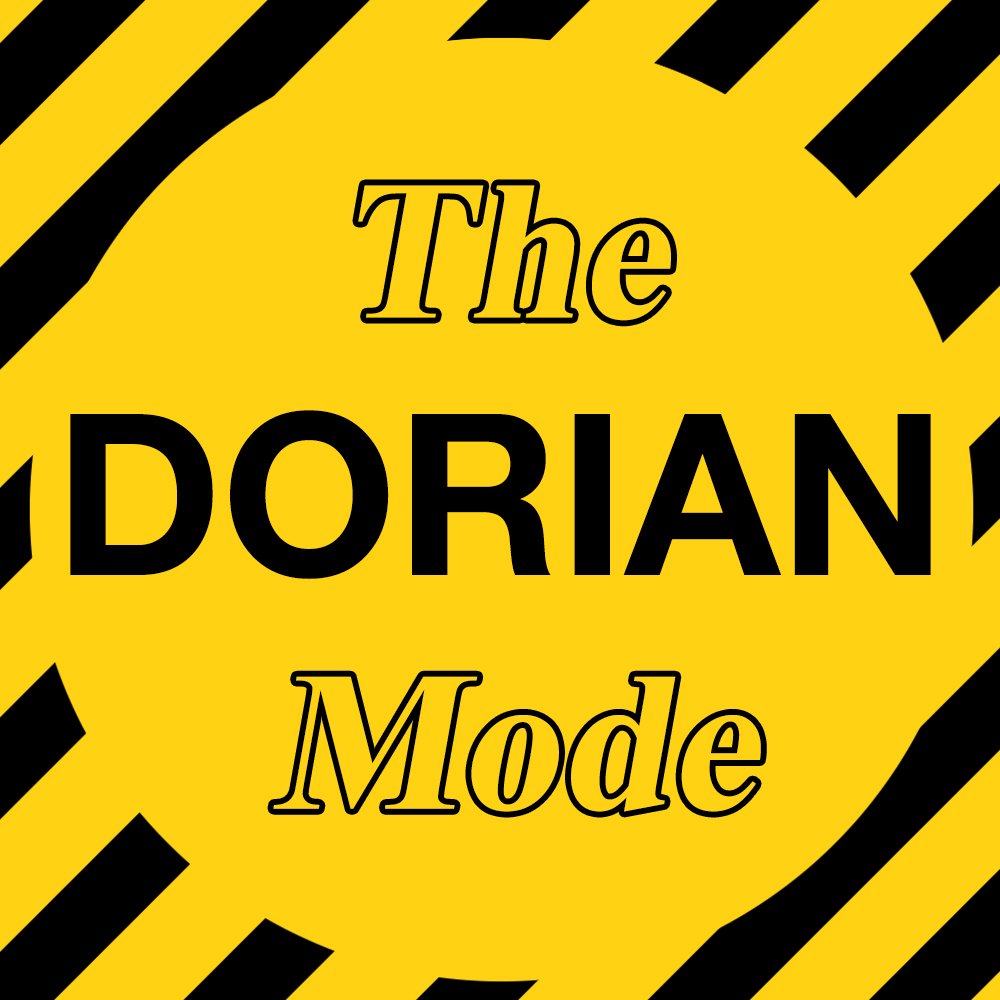As part of our series, we’re going to go over several of the most famous modes. We’ll take a look at what makes them unique, what famous compositions utilize them, and most importantly how YOU can use them.
Today we’ll be focusing on arguably the most famous of the modes; DORIAN. The Dorian mode is many people’s first idea of modal music. As we touched on in the introductory article on modes, the Dorian mode is synonymous with folk, world and country music. But you can use the Dorian mode in all manner of applications.
If the idea of modes, and theory in general, seem a little overwhelming, then be sure to check out our Music Theory course for beginners.
What makes this mode DORIAN?
The simplest way to describe the Dorian mode is this: a minor scale with a major sixth.
Lets take the D minor scale. It consists of D, E, F, G, A, B♭, and C.
To make it Dorian, all we have to do is make the sixth note major (raising it one semitone) so that it becomes D, E, F, G, A, B, and C.
Another really simple way to remember the Dorian mode is to start on D, and play the white notes only up to the next D. You are playing D Dorian. This little trick of playing only the white notes actually applies to a lot of the modes, as we’ll find out later in the series.
Dorian gets its contemplative, mysterious sound from its relationship to the minor scale. Often at the start of a Dorian piece, listeners will assume the piece is minor from the first few notes, only to be (satisfyingly) surprised that the sound goes in a completely different direction - one of Dorian’s most appealing attributes.
Famous Songs in Dorian
As mentioned earlier, Dorian is one of the most well-known of the modes, and it has therefore been used many times in popular music. In our introductory article, we discussed how the Dorian mode is utilised in The Doors ‘Riders On The Storm’ as well as Daft Punk’s ‘Get Lucky’. Why not let us share some more Dorian music with you?
This famous meme-able song has been popular over TikTok and Youtube for years, and has spawned several viral videos. Part of its immense popularity is the ancient, mysterious and meditative sound that makes it, and other soundtracks like the Lord of the Rings and Game of Thrones, fan favourites across the world, no matter their cultural background.
Wu Tang’s most famous song C.R.E.A.M. instantly invites you in with its silky piano licks and moaning vocals. The repeating trend of an ‘old’ or ‘classic’ sound pops up again and again when studying Dorian, and this is no exception - many Jazz pieces are in Dorian.
Blues and Dorian are not miles apart, as you can hear in this hit single from the Black Keys. Dorian not only lends the tune an old, bluesy sound, but adds to its power and huge sound.
Dorian manifests itself in Britney Spears Number 1 hit through its use of Indian instrumentation, to provide Dorian with its international sound.
If you want to find more songs in Dorian, check out our Spotify Playlist.
How can you use Dorian?
Dorian is the ultimate mode for making things sound mysterious, pondersome, relaxed, spaced out, or even trippy. If you’re working on tracks and want to implement this sort of feeling into the track, have a think about what mode you’re in. Usually switching to Dorian will instantly give you results.
In many DAW’s, you can actually convert MIDI music into any mode you want. For example, using Ableton’s Scale MIDI effect, you can instantly transport your music from one mode to another, which can give your track new life, especially if you’ve been working on it for a while. This is a great cheat code to achieving the Dorian mode without even having to think about it!
So - why not try and incorporate Dorian into your next composition? If you want to find out more about the more advanced aspects of music theory, then don’t hesitate to check out our Advanced Music Theory course.

